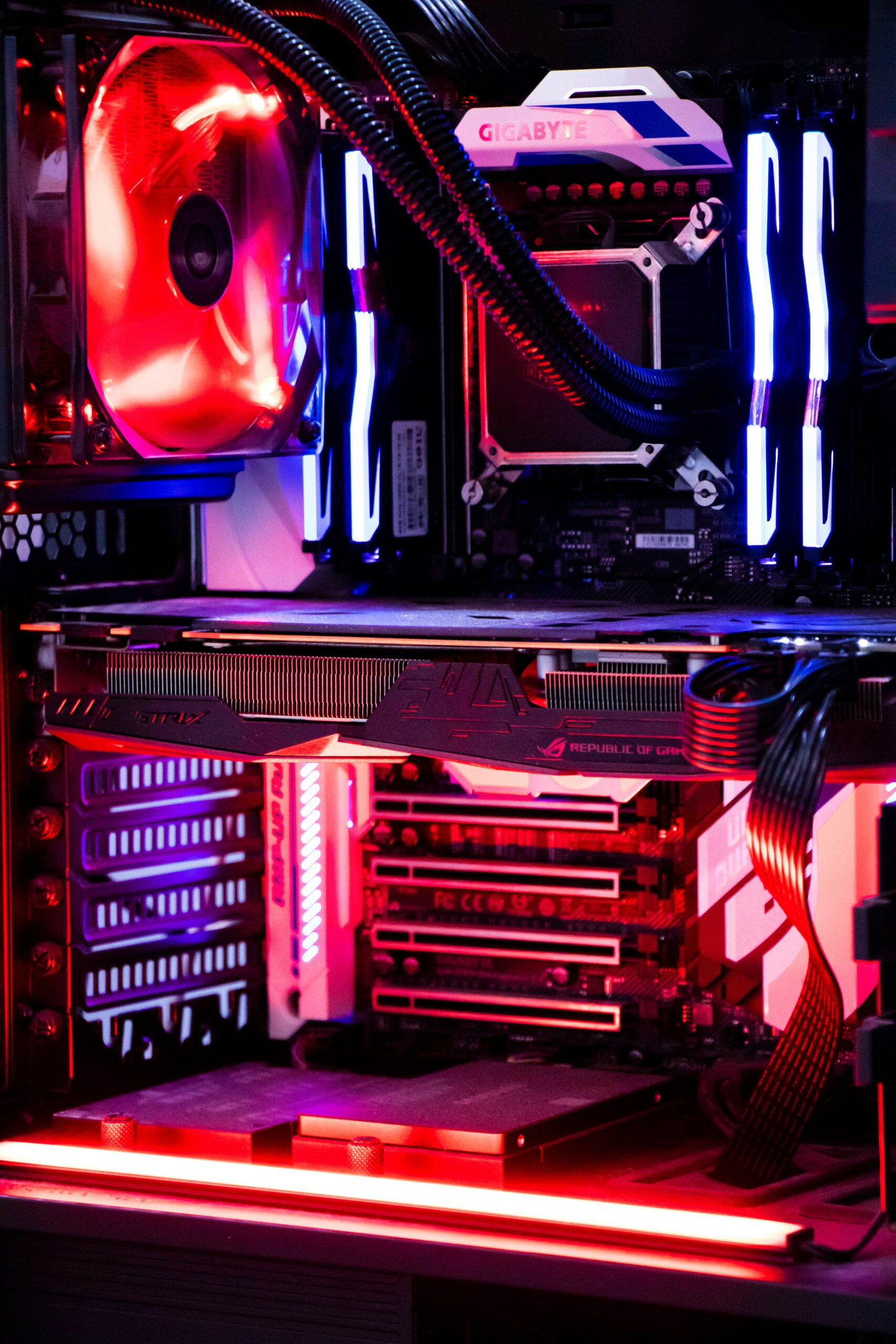
Unlocking AI Efficiency: The Optimal Mix of CPUs and GPUs
The booming field of Artificial Intelligence (AI) demands a delicate balance: powerful processing for complex tasks and cost-efficiency for real-world applications. Across industries, optimizing hardware utilization is key. This blog post explores how businesses can find the ideal CPU-GPU mix for their AI initiatives, maximizing performance while keeping costs in check.
CPUs vs. GPUs in AI: Understanding the Powerhouse Duo
CPUs (Central Processing Units): The workhorses, excelling at sequential tasks and diverse instructions. They manage complex AI algorithms, handle data preprocessing, and orchestrate overall system operations.
GPUs (Graphics Processing Units): Highly parallel processors designed for tasks involving massive data – think matrix operations and deep learning computations. Their architecture allows for exceptionally efficient training and inference in AI models.
Finding the Perfect Balance: Strength in Synergy
Cost-effective AI workloads leverage the strengths of both CPUs and GPUs. For tasks requiring high parallelism and heavy computation (like deep learning training), GPUs are irreplaceable. Their ability to process thousands of calculations simultaneously accelerates training and reduces costs.
However, not all AI tasks demand massive parallelism. Preprocessing data, extracting features, and evaluating models benefit more from the flexibility and versatility of CPUs. Offloading these tasks to CPUs optimizes GPU utilization and avoids underutilization, maximizing cost efficiency.
Real-World Examples: CPUs and GPUs Working Together
- Image Recognition: Training convolutional neural networks (CNNs) relies heavily on GPU acceleration due to the computational intensity of convolutions. However, CPUs efficiently handle data augmentation and image preprocessing.
- Natural Language Processing (NLP): Text preprocessing, tokenization, and embedding generation can be distributed across both CPUs and GPUs. While GPUs accelerate training tasks like language modeling and sentiment analysis, CPUs handle text preprocessing and feature extraction efficiently.
- Recommendation Systems: These systems rely on training and inference phases to analyze user behavior and provide personalized recommendations. GPUs excel in training models on large datasets, optimizing algorithms, and refining predictive models. However, CPUs can efficiently handle real-time inference based on user interactions. This leverages GPUs for training and CPUs for inference, achieving optimal performance and cost efficiency.
- Autonomous Vehicles: Perception, decision-making, and control systems rely on AI algorithms. Training complex neural networks for object detection, semantic segmentation, and path planning often requires GPU power. Real-time inference tasks, like processing sensor data and making split-second driving decisions, can be distributed across CPUs and GPUs. CPUs handle pre-processing tasks, sensor fusion, and high-level decision-making, while GPUs accelerate deep learning inference for object detection and localization. This hybrid approach ensures reliable performance and cost-effective operation.
Implementing the Cost-Effective Mix: A Strategic Approach
- Workload-Aware Allocation: Analyzing the computational needs of each task in the AI pipeline allows for optimal resource allocation.
- Leveraging Optimized Frameworks: Frameworks and libraries optimized for heterogeneous computing architectures (like TensorFlow, PyTorch, and NVIDIA CUDA) further enhance efficiency.
- Cloud-Based Flexibility: Cloud solutions offer flexible provisioning of resources tailored to specific workload demands. Leveraging cloud infrastructure with a mix of CPU and GPU instances enables businesses to scale resources dynamically, optimizing costs based on workload fluctuations.
The Power of Optimization in AI
For businesses seeking to leverage AI technologies effectively, achieving cost efficiency without compromising performance is critical. By strategically combining the computational capabilities of CPUs and GPUs, businesses can maximize performance while minimizing costs. Understanding the unique strengths of each hardware component and adopting a workload-aware approach are essential steps towards finding the most cost-effective mix for AI workloads. As AI continues to evolve, optimizing hardware utilization will remain a crucial aspect of driving innovation and achieving business success.
Empower Your AI, Analytics, and HPC with NVIDIA GPUs
HorizonIQ is excited to announce that we now offer powerful NVIDIA GPUs as part of our comprehensive suite of AI solutions. These industry-leading GPUs deliver the unparalleled performance you need to accelerate your AI workloads, data analytics, and high-performance computing (HPC) tasks.
Ready to unlock the full potential of AI with the power of NVIDIA GPUs? Learn more about our offerings and explore how HorizonIQ can help you achieve your AI goals.



